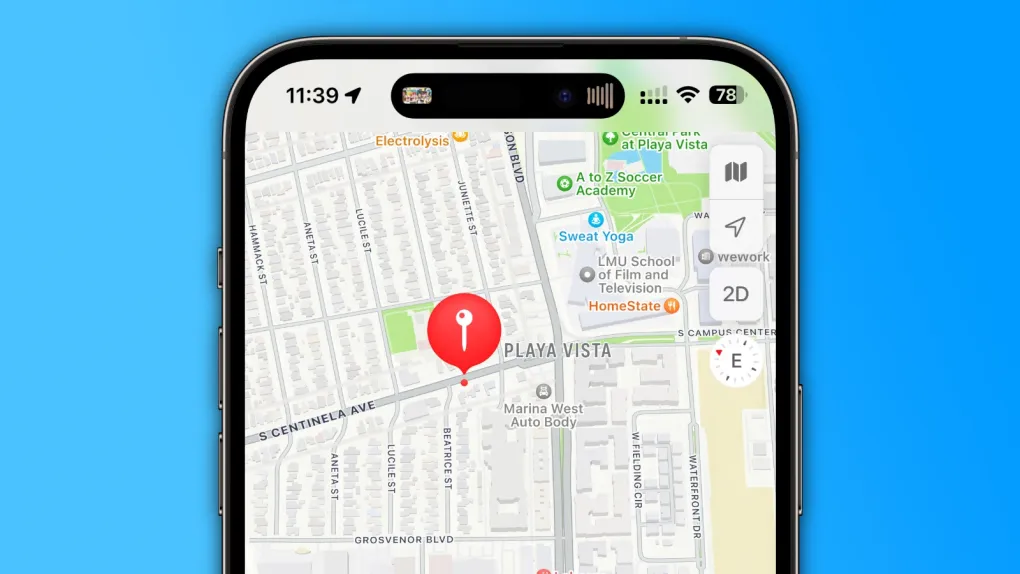Apple CEO Tim Cook, along with several other prominent tech leaders, will attend the inauguration of President-elect Donald Trump. The move underscores the complex relationship between Silicon Valley and Washington, where politics and business interests often intersect.
Tech Leaders Gather for a Historic Event
Bloomberg reports that Cook’s attendance reflects a broader trend of engagement between tech executives and Trump’s administration. In the months leading up to the inauguration, major tech companies and CEOs, including Jeff Bezos (Amazon), Mark Zuckerberg (Meta), and Elon Musk (Tesla), have been interacting more closely with the incoming administration. These efforts often involve donations to inaugural funds or direct meetings with Trump and his team.
Tim Cook personally donated $1 million to Trump’s inaugural fund, signaling Apple’s intent to maintain dialogue with the new administration. This donation follows Cook’s December visit to Mar-a-Lago, where he had dinner with Trump, as well as a congratulatory message Cook posted on social media after Trump’s election victory.
The Financial Stakes: Tech’s Investment in Political Influence
Trump’s inauguration fund has reportedly amassed $200 million, thanks in part to contributions from industry leaders and corporations. Companies such as Google, Amazon, Meta, Uber, Toyota, Ford, and GM have also made significant donations. These investments are widely seen as a way to secure favorable policies or avoid potential regulatory roadblocks under the new administration.
For Apple, this engagement may be particularly strategic. Trump’s stated intention to impose tariffs on imported goods poses a potential challenge for tech companies. Apple has historically worked to minimize the impact of such policies on its operations.
Tariffs and Tech: Apple’s Delicate Balancing Act
During Trump’s first term, Apple successfully avoided tariffs on major products like the iPhone, iPad, and Mac, though some tariffs were imposed on accessories such as the Apple Watch, AirPods, and HomePod. In 2019, Trump acknowledged Cook’s arguments against tariffs, stating that the Apple CEO had “made a good case” about how tariffs could disadvantage Apple compared to competitors.
By attending the inauguration and fostering a relationship with the administration, Cook may be positioning Apple to negotiate exemptions or influence future trade policies that could impact the tech giant’s supply chain and pricing strategy.
Broader Implications for Tech-Government Relations
The presence of high-profile tech leaders at Trump’s inauguration underscores a shifting dynamic in Silicon Valley’s relationship with Washington. While the tech industry has traditionally been perceived as leaning toward liberal politics, the pragmatic need to navigate regulatory and trade issues often necessitates bipartisan engagement.
As the leader of one of the world’s most influential companies, Cook’s actions reflect a balancing act—maintaining Apple’s values while securing its business interests in a politically polarized environment.
Closing Thoughts
Tim Cook’s decision to attend Trump’s inauguration is emblematic of the evolving relationship between technology and politics. As the tech industry grapples with challenges ranging from trade policies to antitrust scrutiny, maintaining open lines of communication with government leaders is more critical than ever.
Cook’s attendance highlights Apple’s commitment to navigating these complexities while safeguarding its position as a global innovator. For tech leaders and companies alike, this moment serves as a reminder of the intricate dance between business and governance in shaping the future of the industry.



